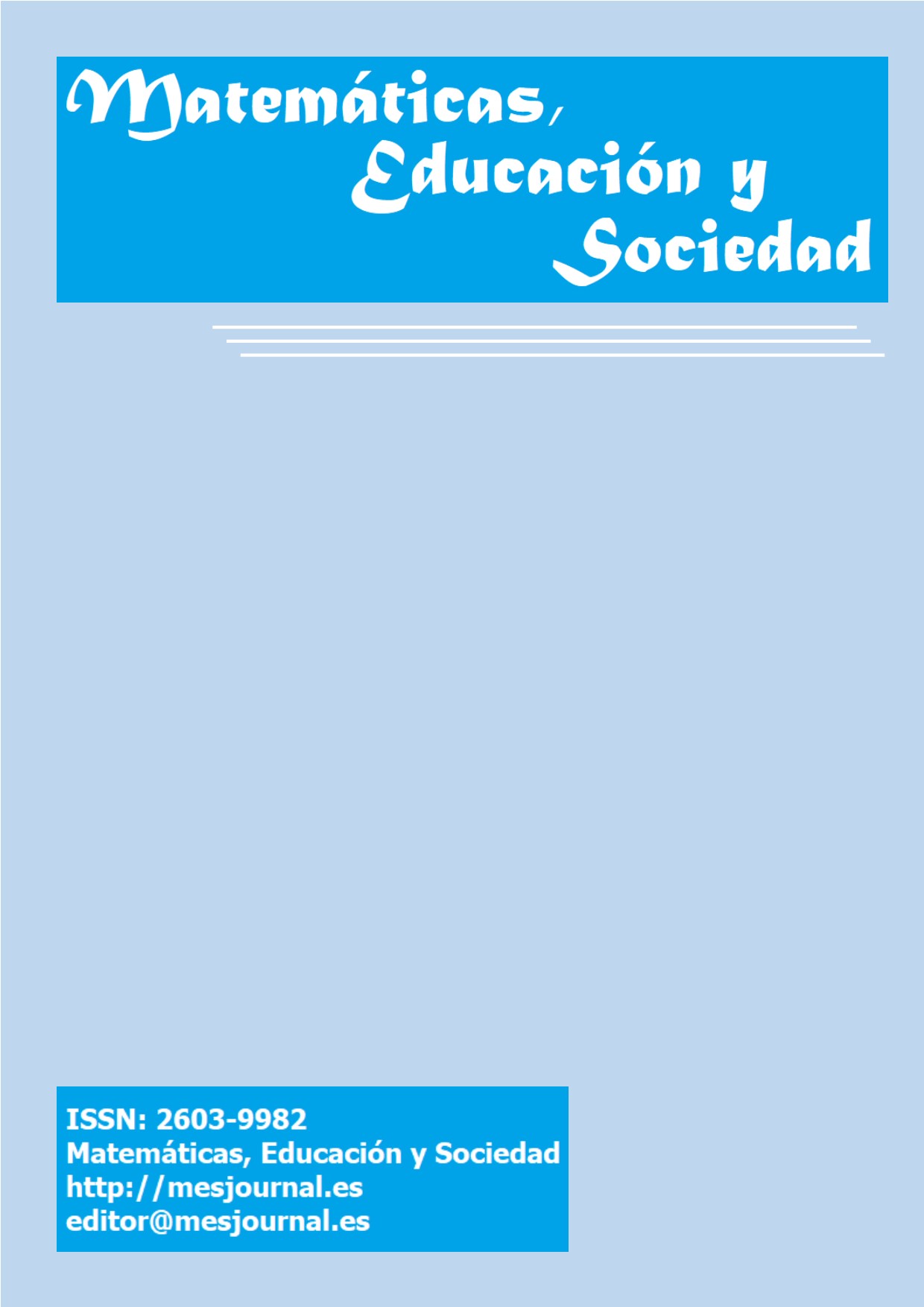The construction of senses in the initiation to algebraic language
Main Article Content
Abstract
Algebraic work at different educational levels constitutes a problem of great interest that has been approached from different perspectives. With the purpose of favoring the construction of senses in relation to school algebra, we have designed a proposal to introduce algebraic language from the establishment of relationships between variables in seventh grade of primary school (11/12 year old students), attending to the contributions of the perspective of Early Algebra, Sessa (2005) and Arcavi (2005). In this article we present the analysis of the implementation of one of the tasks, focusing the study on the role of the exchanges produced in the classroom and the possibilities of constructing meanings in relation to the notions addressed.
Downloads
Article Details
This work is licensed under a Creative Common License (CC BY 3.0 ES)
References
Arcavi, A. (2005). Developing and using symbol sense in mathematics. For the Learning of Mathematics 25, 42- 48.
Bajtín, M. (2011). Las fronteras del discurso. (Trad. Borovsky, L.) Buenos Aires, Argentina: Las cuarenta.
Barrio, L., Lalanne y A. Petich (2010) Entre Aritmética y Álgebra: un camino que atraviesa los niveles primario y secundario: investigaciones y aportes. Buenos Aires, Argentina: Ediciones Novedades Educativas.
Blanton, M., Brizuela B., Stephens A., Knuth E., Isler, I., Murphy Gardiner A., Stroud R., Fonger, N. y Stylianou D. (2018). Implementing a Framework for Early Algebra. En C. Kieran (Ed.), Teaching and Learning Algebraic Thinking with 5- to 12-Year-Olds The Global Evolution of an Emerging Field of Research and Practice (pp. 27-49). Montreal, Canada: Springer.
Buffarini, F. (2005). La dimensión del álgebra como herramienta de modelización y validación: las interacciones en el aula como medio para su evolución. Tesis de maestría. Universidad Nacional de Río Cuarto.
Carraher, D., Schliemann, D. y Schwartz, J. (2013). ¿Álgebra en la escuela primaria? En C. Broitman (Comp.), Matemáticas en la escuela primaria (II). Saberes y conocimientos de niños y docentes (pp. 121-167). Buenos Aires, Argentina: Paidós.
Duval, R. (2008). Eight problems for a semiotic approach in mathematics education. En L. Radford, G, Schubring y F. Seeger (Eds.), Semiotics in Mathematics Education. Epistemology, History, Classroom and Culture, (pp.49-62). Rotterdam: Sense Publishers.
Kaput, J. (2008). What is algebra? What is algebraic reasoning? In J. Kaput, D. Carraher, & M. Blanton (Eds.), Algebra in the Early Grades (pp. 5-17) Mahwah, NJ: Lawrence Erlbaum/Taylor & Francis Group & National Council of Teachers of Mathematics.
Kiener, F. (2015) Una propuesta para iniciar el trabajo algebraico en la escuela primaria: el caso de los gogos. Épsilon. Revista de Educación Matemática. 32(2), 90, pp. 39-48.
Kieran, C. (2006). Research on the learning and teaching of algebra. A broadening of sources of meaning. En A. Gutiérrez y P. Boero (Eds.), Handbook of research on the psychology of mathematics education: Past, present and future (pp. 11-49). Róterdan: Sense Publishers.
McKnight, C., Magid, A., Murphy, T. y McKnigt, M. (2000). Mathematics Education Research: A Guide for the Research Mathematician. Rhode Island: American Mathematical Society.
McMillan, J.H. y Schumacher, S. (2005). Investigación educativa. 5° edición. Madrid, España: Pearson. Addison Wesley.
Moreno, I. y Castellanos L. (1997). Secuencia de enseñanza para solucionar ecuaciones de primer grado con una incógnita. Revista EMA, 2(3), 247-258.
NCTM (2014). Algebra as a Strand of School Mathematics for All Students. A Position of the National Council of Teachers of Mathematics.
Oller Marcén, A. M., Meavilla Seguí, V. (2014) Entre la aritmética y el álgebra. Un análisis histórico de los “problemas de grifos”. Educación matemática, 26 (1) pp. 103-126.
Olmedo, N., Galíndez, M., Peralta, J. y Di Bárbaro, M. (2015). Errores y concepciones de los alumnos en álgebra. XIV Conferencia Interamericana de Educación Matemática, Chiapas, México. Recuperado de http://xiv.ciaemredumate.org/index.php/xiv_ciaem/xiv_ciaem/paper/viewFile/877/367
Ramírez García, M., Rodríguez Marcos P. (2011) Interpretaciones del signo igual. Un estudio de libros de texto. Revista UNIÓN. 26, 41-55.
Sadovsky (2003) Condiciones didácticas para un espacio de articulación entre prácticas aritméticas y prácticas algebraicas. Tesis de doctorado. Universidad de Buenos Aires.
Sadovsky, P. (2005). Enseñar Matemática hoy. Miradas, sentidos y desafíos. Buenos Aires, Argentina: Libros del Zorzal.
Schliemann, A.D., Carraher, D.W. y Brizuela, B.M. (2011). El carácter algebraico de la aritmética. De las ideas de los niños a las actividades en el aula. Buenos Aires, Argentina: Paidós Cuestiones de Educación.
Sessa, C. (2005). Iniciación al estudio didáctico del Álgebra. Orígenes y perspectivas. Buenos Aires, Argentina: Libros del Zorzal.
Socas, M., Camacho, M., Palarea, M. y Hernández, J. (1996). Iniciación al álgebra. Matemáticas: cultura y aprendizaje. Madrid, España: Síntesis.
Stake, R. (2007). Investigación con estudio de casos. Madrid, España: Morata.
Zack, V. y Graves, B. (2002) Making mathematical meaning through dialogue: “once you think of it, the z minus three seems pretty weird” Educational Studies in Mathematics 46, pp. 229–271, Kluwer Academic Publishers.

